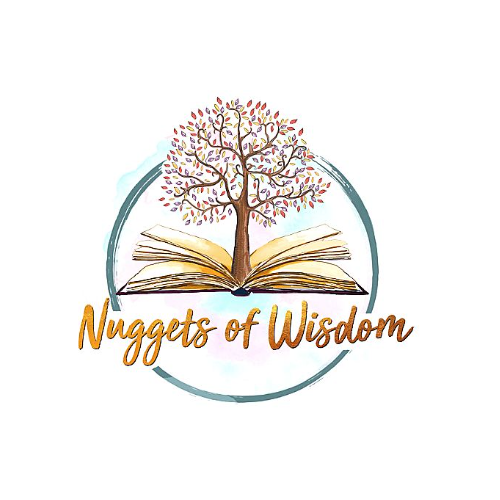Homeschooling has become an increasingly popular alternative to traditional classroom education in recent years. One of the reasons for this is the ability for parents to tailor their child's education to their specific needs and interests. There are several different homeschooling styles to choose from, each with its own unique approach to learning. In this blog, we'll explore some of the most common homeschooling styles and what sets them apart.
1. Traditional Homeschooling: This style of homeschooling is often referred to as "school-at-home." It typically involves using textbooks, workbooks, and other materials similar to those used in a traditional classroom setting. The parent acts as the teacher and sets a daily schedule for their child to follow. Traditional homeschooling may be a good fit for families who prefer structure and want to ensure that their child is following a curriculum that closely mirrors that of a traditional school.
2. Charlotte Mason Homeschooling: This approach to homeschooling emphasizes "living books," which are books written by authors who have a passion for their subject and are able to convey that passion to the reader. The curriculum is often centered around literature, nature study, and the arts. Charlotte Mason homeschooling may be a good fit for families who value a strong emphasis on the humanities and want to instill a love of learning in their child.
3. Montessori Homeschooling: The Montessori approach to education is child-centered and emphasizes hands-on learning. It encourages children to explore and learn at their own pace, with the guidance of a teacher or parent. The curriculum often includes activities that promote practical life skills, such as cooking and cleaning. Montessori homeschooling may be a good fit for families who value independence and want their child to have a say in their own education.
4. Unschooling: Unschooling is a philosophy that believes children are naturally curious and will learn what they need to know when given the opportunity to do so. There is no set curriculum, and the child is free to pursue their interests and passions. Unschooling may be a good fit for families who want their child to have complete control over their education and believe that learning should be fun and enjoyable.
5. Eclectic Homeschooling: This style of homeschooling is a combination of different approaches and methods. It allows families to pick and choose the elements of different styles that work best for their child. Eclectic homeschooling may be a good fit for families who want to create a customized education plan that meets the specific needs and interests of their child.
6. Classical homeschooling: It is an approach to education that is based on the classical model of learning. It emphasizes the study of classical languages, literature, history, and philosophy. The curriculum is divided into three stages: the grammar stage, the logic stage, and the rhetoric stage. The goal of classical homeschooling is to develop a well-rounded individual who is capable of critical thinking, effective communication, and lifelong learning.
These are just a few of the many homeschooling styles that are available. Ultimately, the best homeschooling style for your family will depend on your child's learning style, your family's values and priorities, and your personal teaching style. With so many options available, it's important to do your research and choose the style that will work best for your family.

